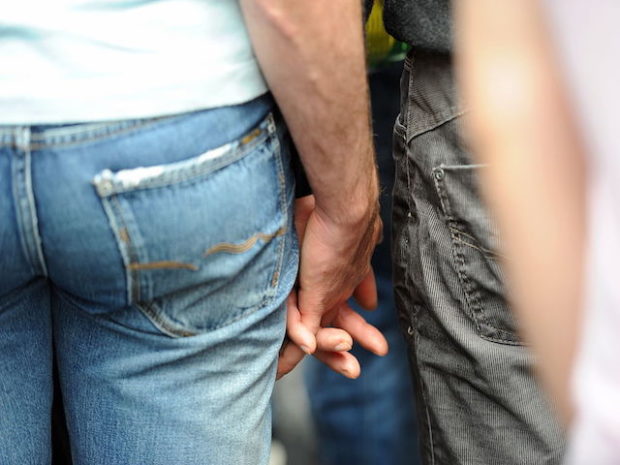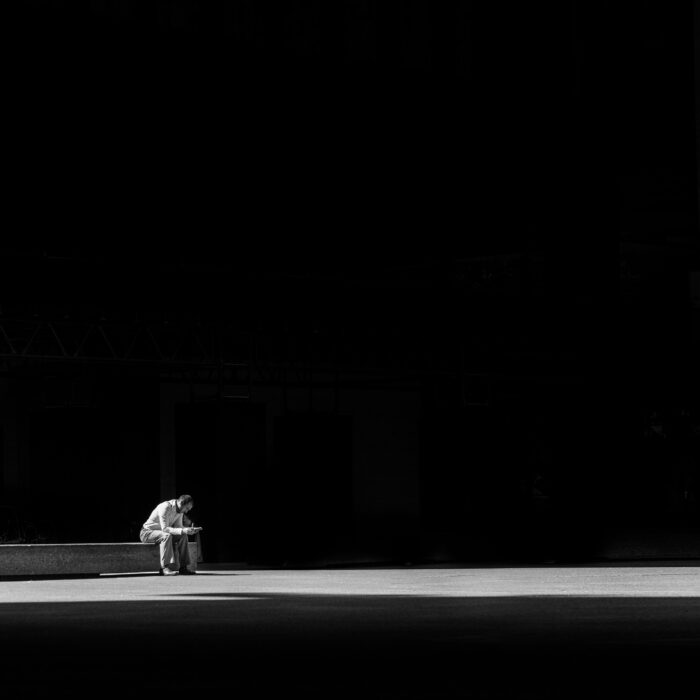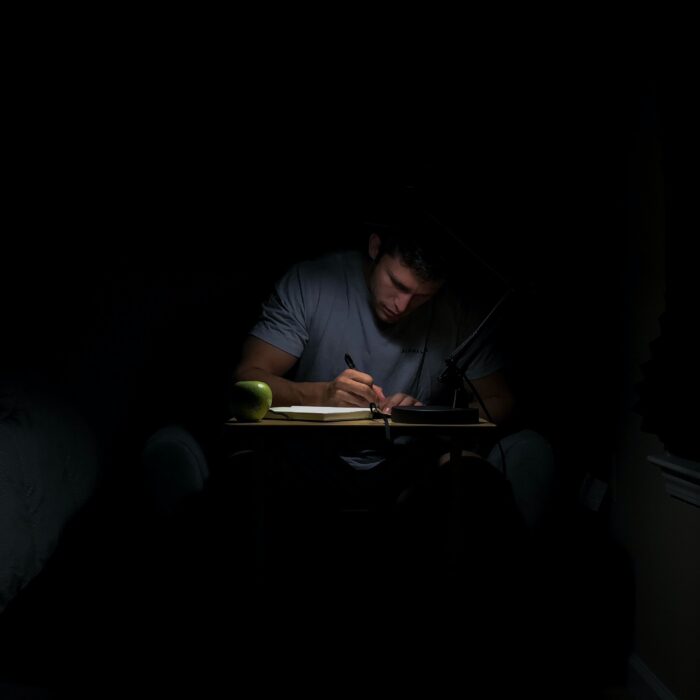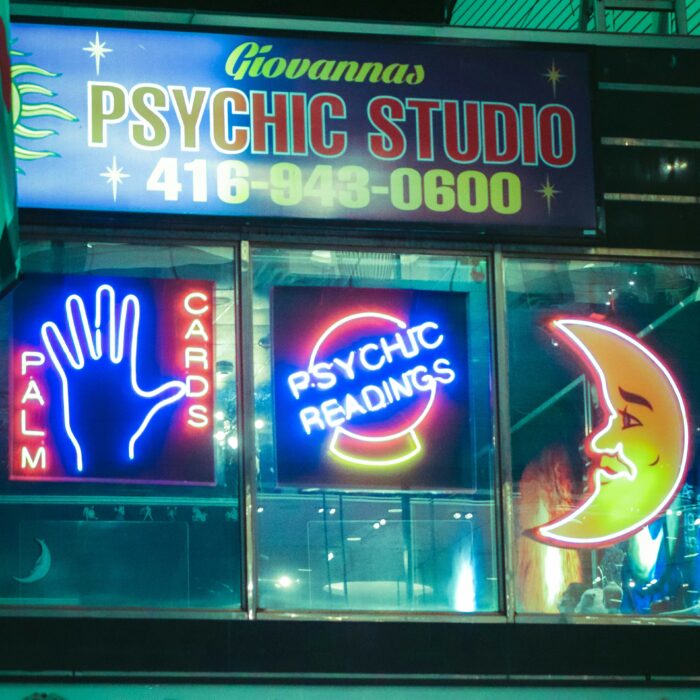You have no items in your cart. Want to get some nice things?
Go shopping
I watched him lift his partner’s hand over the garbage can at the edge of the pavement as they walked briskly along the street. I was sitting outside a café in Hamburg’s “gay street”, Lange Reihe. A gay man myself, I couldn’t help watching these two twenty-something guys as they walked past hand-in-hand. Would I have noticed if they’d been a straight couple? Probably not.
In his book Picturing Men: A Century of Male Relationships in Everyday American Photography, John Ibson remarks that physical closeness between men used to be probably just a sign of close friendship. This collection of photos depicts affection between men of various ages and from various social classes between the years 1850 and 1950. The men are shown with arms and legs entwined around each other. It’s a safe bet that not all them were gay or would have considered themselves gay. Here’s further evidence that a taboo on same-sex male physical intimacy is a relatively recent phenomenon. Social customs change with time, and will certainly change dramatically again, whatever people think or want to think.
There seems to be some doubt about when adult males routinely stopped holding hands in the UK as a sign of close friendship. It’s thought that the Oscar Wilde trial at the end of the nineteenth century made men more conscious of public displays of affection. It’s also believed that the social upheavals after the Second World War, especially with regard to the changing status of women, may also have led to the practice being dropped.
In the 1950s and early ’60s, I used to hold hands with my friend Robert when we were in primary school. We were bosom boyfriends throughout childhood, and nobody took exception to our friendship or looked askance at it. I suspect that nowadays some parents, teachers and peers might feel edgy about it. For the record, Robert isn’t gay and he’s fathered two lovely daughters.
Years later in the 1970s, when I was at university, Roger, a close male friend held my hand when I went into hospital to have minor surgery. Nobody commented on this adversely or joked about it; it was accepted as natural by the staff who looked after me.
Holding hands can give out different social signals, as can hugging and cheek-kissing.
In recent years, hugging between men has become fairly commonplace, though cheek-kissing (certainly in Anglo-Saxon cultures) is still not the norm. I remember about five years ago my partner and I thought we’d stumbled on a local gay café in downtown Brussels. It turned out that the male students were doing what is the cultural norm in this part of Belgium, kissing each other three times on both cheeks when they meet. Their sexual orientation was irrelevant to this affectionate greeting ritual. Walloon guys do it all the time.
Fast forward to April 2017. There was a much-publicised nationwide campaign in The Netherlands in protest at a vicious attack on a gay couple, Jasper Vernes-Sewratan and his husband Ronnie Sewratan-Vernes. In the light of subsequent publicity, lots of men in the Netherlands, including high-ranking government ministers, had photos of themselves holding hands published on social media.
And in May this year, twenty-eight-year-old Melania Geymonat and her twenty-nine-year-old girlfriend Christine Hannigan were attacked by a group of teenagers in a brutal and disgusting episode on a London bus simply because they were clearly a same-sex couple and because they kissed. If ever there was evidence that kids need age-appropriate relationship education at school, this incident provided it.
When I first visited the United Arab Emirates in the 1990s, and later Kuwait, I was curious about how many men seemed to walk along the street holding hands. And not just Arab men, but also immigrant construction workers. Many men in the notoriously homophobic Gulf States hold hands in public as a matter of course, as do men in India and Pakistan. I was told by locals that it was non-sexual. Maybe so. But honestly, how do you draw the line between displays of platonic friendship and public displays of gay affection? And why should you?
Now I know that most people fear being jeered at or worse, gay-bashed. That’s probably why many of us don’t hold hands as a matter of course. But just think for a moment. Straight couples of all ages do it, and not just young folk. For most people it’s a touching gesture of tender love and affection; hardly a proclamation of sexuality, still less an indication of imminent sexual congress. And two women holding hands while walking along in public hardly turns a head. But if two men hold hands? Shock horror! Or is it?
People, whether gay or straight, have different takes on it. I sounded out a few of my friends about how they would feel to see two men holding hands or kissing in public. Ben, a sixty-three-year-old veteran gay activist, told me that he was always pleased to see men holding hands in public. He went on to say that he regularly holds hands with his partner, although they sometimes decide not to, especially when they are around drunks on the street or late at night.
Angus, a twenty-two-year-old aspiring medical student who identifies as straight, said it was still unusual to see two men holding hands in the street, so he’s initially curious or even puzzled when he sees it, but then his brain registers what’s going on, and he says he’s happy that they’re happy. Thirty-one-year old Katie, also straight, commented that she didn’t give it a second thought and was happy that two men can now feel comfortable enough holding hands, especially as it hadn’t always been the case.
And Leah Mack, a former relationship counsellor, who now lives in Australia, commented that she thought it was good to live in a country where same-sex relationships are legal and that many onlookers would not see them as inappropriate and that yes, she would feel happy to see male couples walking hand-in-hand.
It’s encouraging to hear all these affirmations of gay relationships. But we shouldn’t be lulled into complacency. For every one of these nice liberal reactions, there are surely still countless more unexpressed reactions of embarrassment or disgust. Facial expressions often give the game away: a smirk, a turning of the head, or even a curl of the lip, and you know they’re silently thinking “How disgusting!”, “Why don’t they keep it private?” or some other such sentiment.
But over and above the question of whether people approve or disapprove of same-sex relationships, there’s also the wider issue of public displays of affection (PDAs). There are lots of people who have reservations about all kinds of PDA between people of any sexual orientation. A quick surf through posts on Quora will confirm this. Even gay men have reservations about other gays holding hands in public. The reasons are many and various and are often associated with a fear of being at the very least verbally abused. Gay men who are not publicly out, and may not want to make gestures of affection in places where people might know or recognise them. Single gays may feel envious. For others, it’s because they feel that PDAs are somehow false and should be expressed only in private. Some are worried about the reaction of parents with children. And for others, there’s the concern that public displays of affection might offend the religious convictions of onlookers.
And take twenty-eight-year-old Craig, an acquaintance of mine who’s gay and from the north of England. He says he doesn’t like his friends making “aww, that’s cute” remarks when they see him with his boyfriend. He finds it condescending. He thinks it can do lasting hurt to people who just want to get on with their lives and not be looked at like exhibits at the zoo.
Yet there is a glimmer of hope. Nowadays, you can see the occasional gay couple holding hands or stealing discreet kisses in the big cities of countries with liberal values. But consider Poland and Hungary, countries where LGBT+ folk are caught in the crosshairs of contemporary culture wars; LGBT+ people can get seriously beaten up and abused there.
Many gay men feel awkward or fearful of holding hands. Most would say they’d avoid doing this on public transport or in dark, deserted places. Are gay PDAs becoming more acceptable in straight society? Recent populist trends are showing a level of intolerance and hatred towards the LGBT+ community that might have surprised liberal opinion just a few years ago.
On the other hand, pioneers need to step out boldly if they want to change social habits. Hand-holding and affectionate kissing between men could transform our public spaces. They might then become less threatening and contribute to a reduction in the stress and fear that so many of us experience. Instead, friendlier public places could help gay individuals to feel freer to demonstrate affection and intimacy with another human being, which is surely our right.

About David Wilson
ABOUT DAVID WILSON David Wilson is a partnered gay man living in York, UK. He has worked as a communication skills trainer and coach as well as an English language teacher in the UK and abroad. He now writes for a variety of publications on a range of topics embracing language, history, religion, politics and culture. He also undertakes online translation work, principally from Italian and Spanish.



